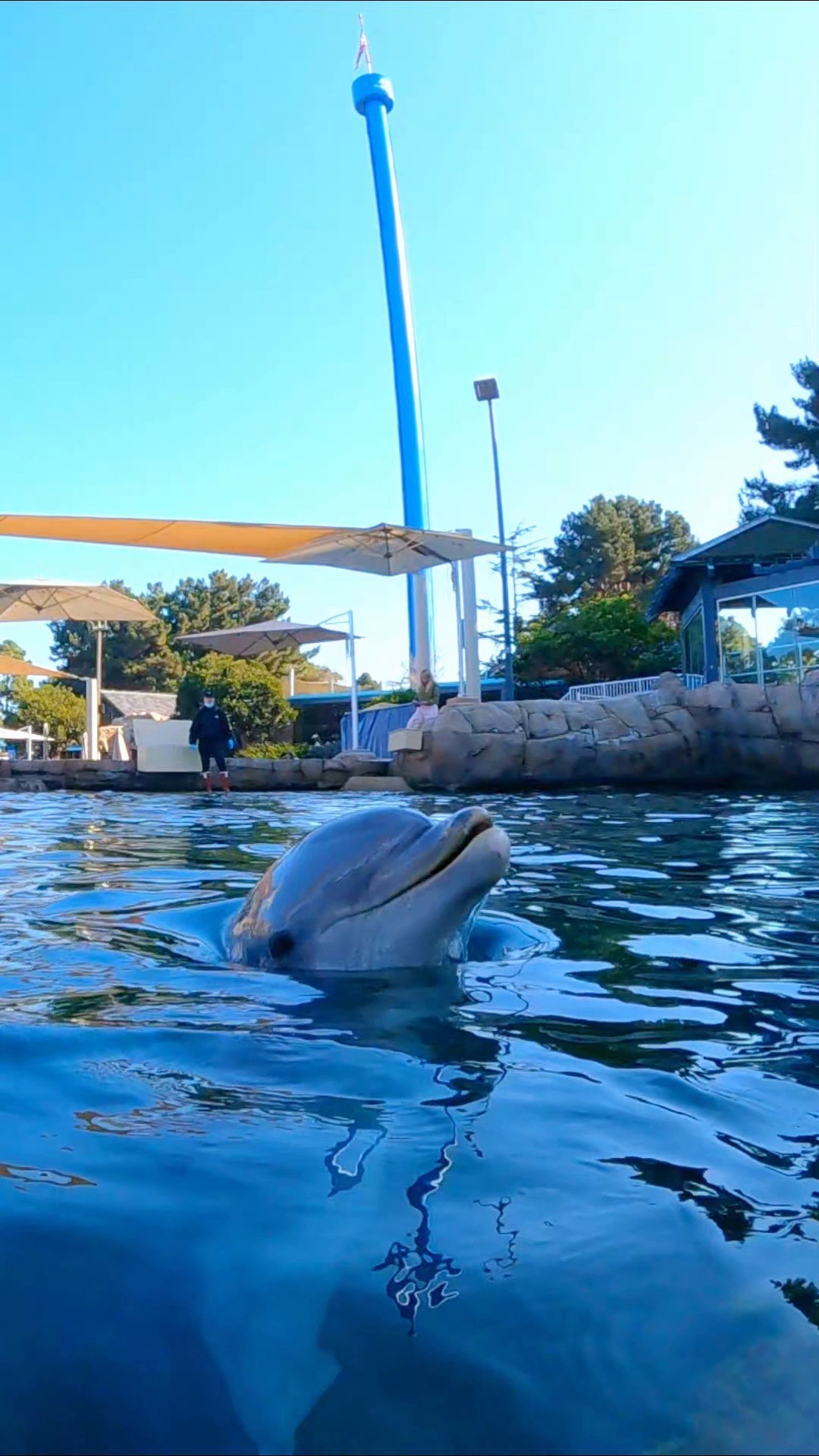- The significance of National Dolphin Day and its impact on public awareness about dolphin conservation.
- Insights into dolphin communication and its complexity, emphasizing its role in dolphin social structures.
- Overview of the Dolphin Interaction Program, its educational and experiential aspects.
- The importance of wildlife conservation efforts for dolphins and their habitats.
- Dolphin behavior, intelligence, and their interactions with humans in both natural and controlled environments.
Every year, National Dolphin Day serves as an opportunity to celebrate these remarkable marine mammals and to promote public awareness about their conservation needs. Recognized globally, this day emphasizes the significance of dolphins to our ecosystems and the urgent need for their protection. As apex predators, dolphins play a critical role in maintaining the balance of marine environments, making their conservation essential for the health of ocean habitats. The celebration aims to raise awareness not only about long-standing threats dolphins face, such as fishing and pollution, but also about newer dangers, including climate change. By focusing on these challenges, National Dolphin Day educates the public about the importance of conservation actions and policy measures necessary to safeguard dolphins now and in the future.
Understanding the sophisticated communication methods of dolphins is vital to appreciating their social behavior. Dolphins use a combination of clicks, whistles, and body movements to convey messages and emotions. Each sound serves a purpose: clicks often aid in echolocation, while whistles are believed to be used for individual recognition and social interaction among group members. Their communication complexity has been compared to that of humans, exhibiting variations in patterns and uses that some researchers believe indicate a form of culture. The intricate social structures observed in dolphin pods reveal a species that values community, collaboration, and intelligence, elements facilitated through their dynamic and adaptable methods of communication.
The Dolphin Interaction Program offers a unique opportunity to observe these communication techniques and to engage with dolphins in a controlled setting designed to be both educational and entertaining. Participants gain a deeper understanding of dolphin behavior, anatomy, and intelligence through immersive experiences. By simulating elements of their natural environment, the program allows people to appreciate the nuances of dolphin life. More than just a recreational activity, the program is crafted to instill a sense of responsibility and stewardship among its participants, highlighting how human actions can have profound impacts on wildlife. This approach aims to inspire a conservation mindset, emphasizing the role individuals can play in protecting these creatures.
Conservation efforts for dolphins extend beyond individual programs and into broader actions required to preserve marine biodiversity. Essential efforts include supporting sustainable fishing practices, reducing ocean pollution, and strengthening marine protected areas. Advocacy and education play critical roles in influencing policy changes and mobilizing community efforts towards conservation. Protecting dolphin habitats is paramount, not only ensuring their survival but also maintaining the health of marine ecosystems. Global initiatives and partnerships among governments, NGOs, and local communities are necessary to effectively safeguard dolphin populations from declining further.
Dolphins are renowned for their intelligence, which is evident in their problem-solving capabilities, social interactions, and adaptability to different environments. Their ability to learn and perform complex behaviors in response to training or environmental changes demonstrates high cognitive functions similar to those observed in primates. Observational studies in both the wild and in captivity have provided deep insights into dolphin social structures, hunting techniques, and play behaviors. When interacting with humans, dolphins display curiosity and sociability, often taking the initiative to approach boats or swimmers, indicating a unique interspecies connection. These intelligent interactions highlight the mutual benefits of educational programs, fostering appreciation and leading to dedicated conservation efforts.
National Dolphin Day reminds us of the interconnectivity of marine life and human responsibility towards conservation. By continuing to engage with dolphins through structured programs and supporting conservation initiatives, we take steps toward ensuring that these intelligent marine mammals thrive in their natural habitats for generations to come.
*****
Source Description
🐬In celebration of National Dolphin Day, we invite you for a dolphin’s-eye view of our Dolphin Interaction Program—where fun meets flippers and curiosity turns into connection. 💙
Dolphins communicate with clicks, whistles, and body language—and if you’re lucky, maybe even a splashy hello! 🌊


